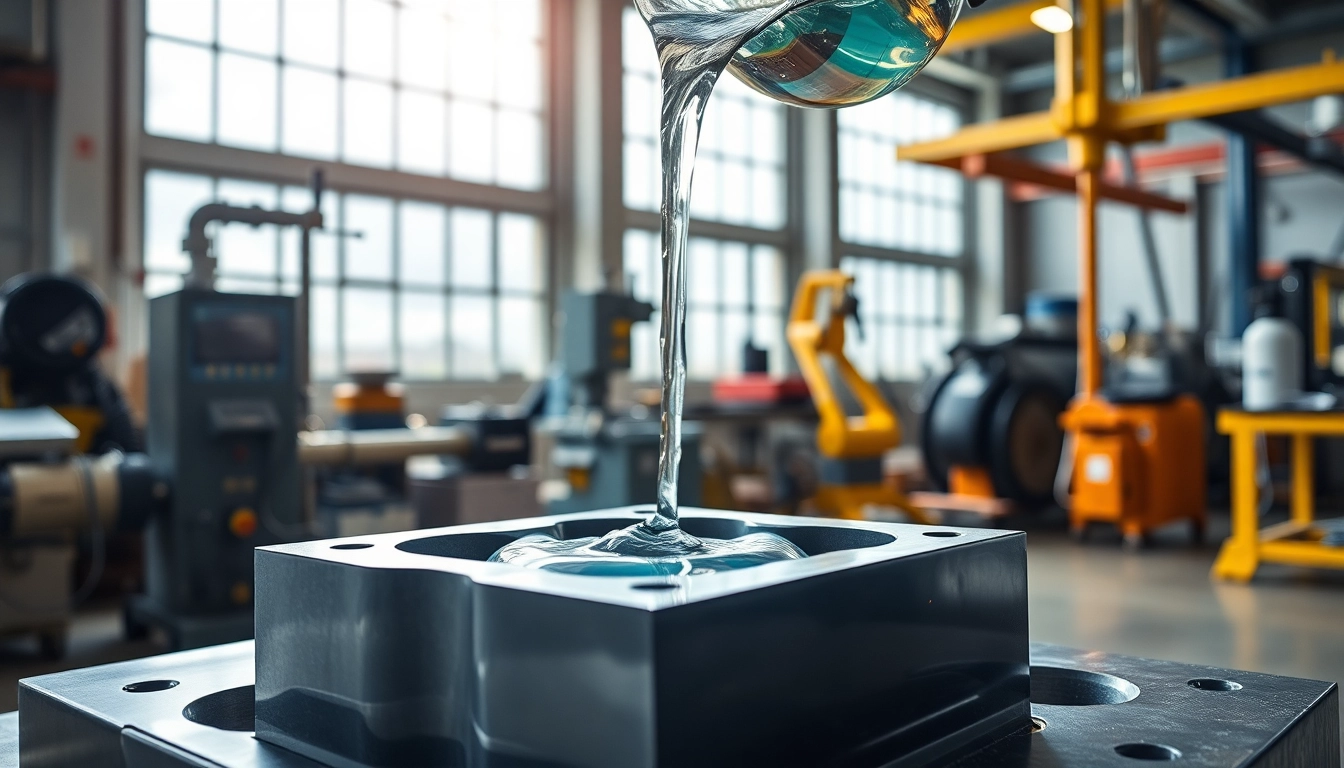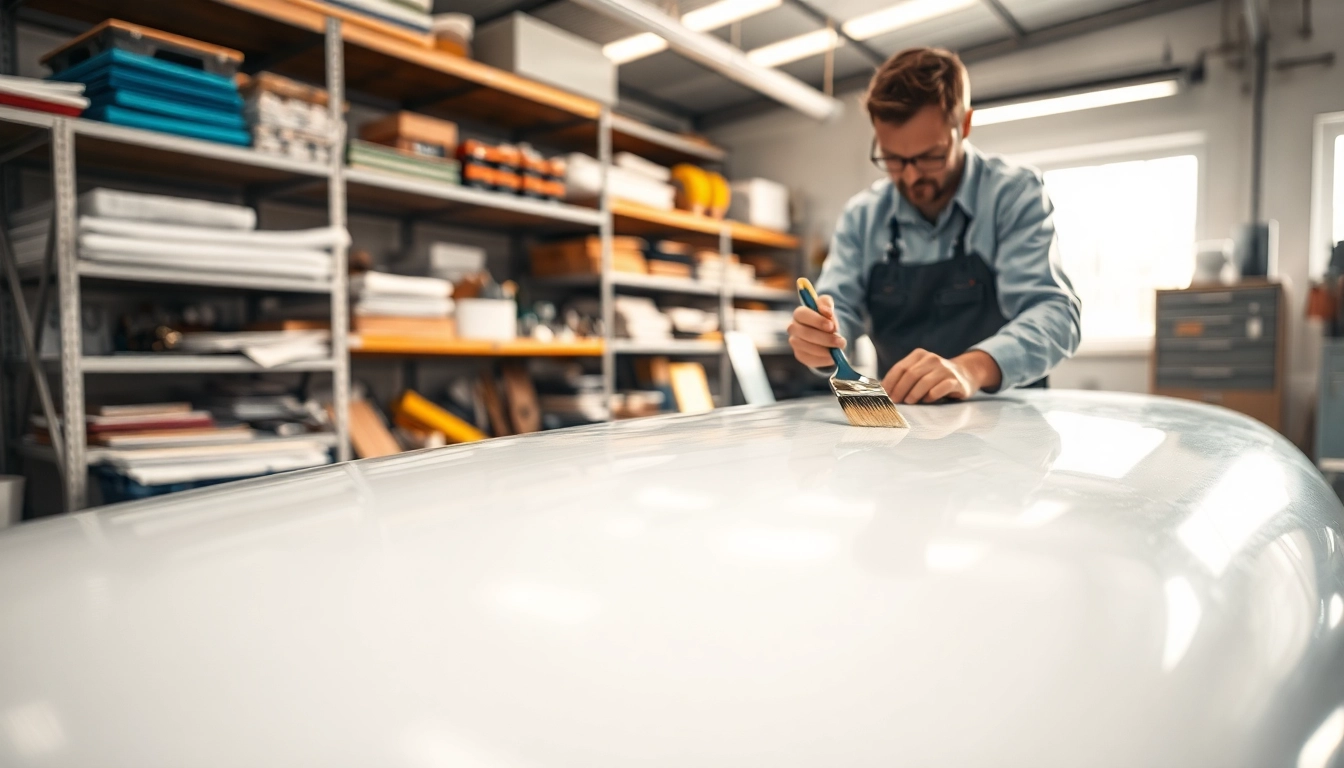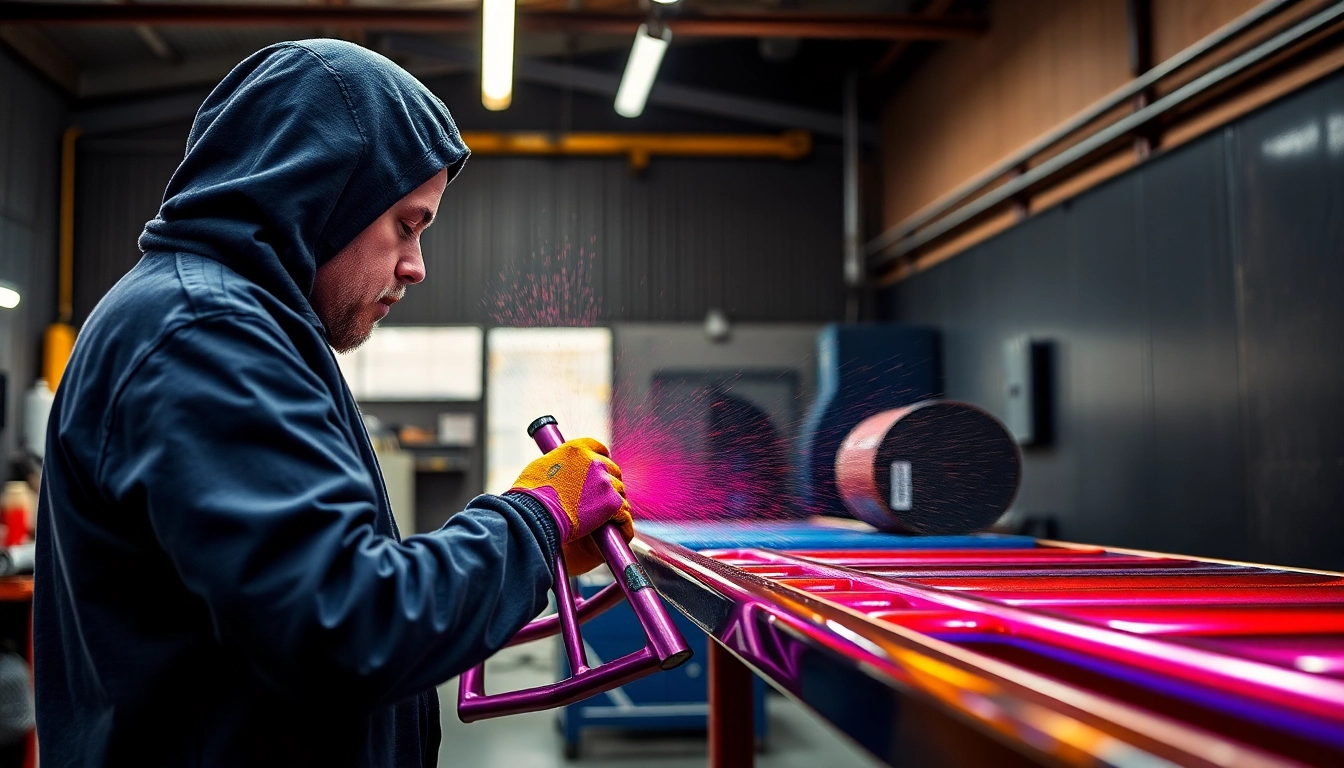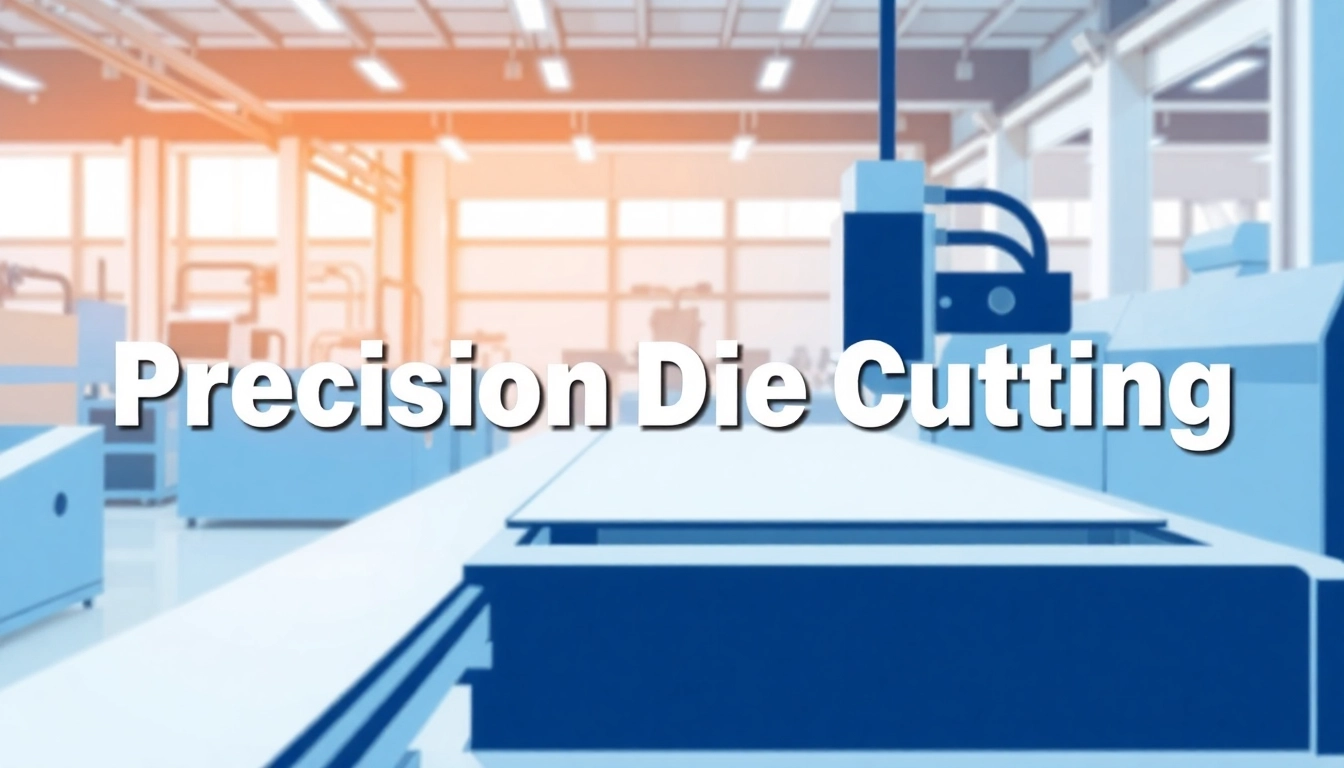Understanding Infusion Resins
Infusion resins have revolutionized the field of composite manufacturing. These specialized materials are designed for bulk infusion processes, where resin is injected into a mold to create parts. As industries move towards more efficient and lightweight materials, the demand for high-quality infusion resins continues to grow. By enabling manufacturers to create robust composite structures with superior performance, infusion resins are becoming essential in sectors such as aerospace, automotive, construction, and marine applications.
What Are Infusion Resins?
Infusion resins are low-viscosity polymers used in various composite manufacturing processes. They are typically formulated to provide optimal flow characteristics that ensure uniform distribution within the laminate structure. When used in techniques like vacuum infusion or resin transfer molding, these resins penetrate the reinforcement fibers effectively, resulting in a consolidated composite structure. The formulation of infusion resins may include epoxy, polyester, or vinylester systems, each engineered for specific application needs.
Key Properties and Benefits of Infusion Resins
Infusion resins are characterized by several key properties that make them advantageous in composite manufacturing:
- Low Viscosity: This property allows the resin to flow easily through complex mold geometries, ensuring complete saturation of the reinforcement materials.
- Reduced Exothermic Reaction: Infusion resins typically generate less heat during curing, which reduces the risk of thermal degradation of sensitive materials.
- High Strength-to-Weight Ratio: When cured properly, composite structures made with infusion resins exhibit excellent tensile and compressive strengths while remaining lightweight.
- Chemical Resistance: Many infusion resins are engineered to withstand harsh environmental conditions, making them suitable for demanding applications.
- Customizability: Manufacturers can tailor infusion resin formulations to meet specific performance requirements based on the intended application.
Common Applications for Infusion Resins
Infusion resins are used across a variety of industries due to their versatility and performance characteristics:
- Aerospace: In aerospace, infusion resins are employed to create lightweight, high-performance parts such as wing components, fuselage sections, and control surfaces.
- Automotive: The automotive industry utilizes infusion resins for structural components, body panels, and parts that require weight reduction without compromising strength.
- Marine: Infusion resins play a crucial role in the production of hulls, decks, and various marine components, ensuring durability against water and weather conditions.
- Wind Energy: Infusion resins are integral in manufacturing wind turbine blades, providing the necessary strength and lightness to maximize energy efficiency.
Types of Infusion Resins
Understanding the different types of infusion resins is crucial for selecting the right materials for specific applications:
Epoxy-Based Infusion Resins
Epoxy resins are known for their superior adhesion properties and mechanical performance. They exhibit excellent chemical resistance and are often used in high-performance applications. The low viscosity of epoxy infusion resins allows them to flow well through reinforcements without creating voids, leading to a dense and durable finished product. They are particularly favored in industries where strength and weight are critical, such as aerospace and automotive sectors.
Polyester and Vinylester Infusion Resins
Polyester resins are widely used due to their cost-effectiveness and ease of use. They are suitable for lower-end applications where budget constraints are a consideration. Vinylester resins, on the other hand, combine the benefits of both polyester and epoxy resins, providing increased chemical resistance and toughness. Both materials are commonly used in marine applications due to their moisture-resistant properties.
Bio-Based Infusion Resins
With an increasing focus on sustainability, bio-based infusion resins made from renewable resources are gaining traction. These resins offer a reduced environmental footprint while providing comparable performance to traditional resins. They are suitable for applications where sustainability is a key requirement, allowing manufacturers to align their operations with eco-friendly practices.
Best Practices for Working with Infusion Resins
To achieve the best results when working with infusion resins, it is essential to follow best practices throughout the manufacturing process:
Proper Resin Mixing Techniques
Mixing resin and hardener accurately is crucial. Follow the manufacturer’s guidelines for the correct ratio, and use precise measuring instruments to ensure consistency. Mixing should be done thoroughly but gently to avoid introducing air bubbles, which can affect the integrity of the final product.
Optimizing Flow and Curing Conditions
Understanding the flow dynamics of your resin and optimizing curing conditions is vital for successful infusion. Use appropriate vacuum pressure to enhance resin flow, and monitor the ambient temperature and humidity, as these factors can influence curing times and final material properties.
Safety Measures When Using Infusion Resins
Safety should always be a priority when working with chemical resins. Proper personal protective equipment (PPE), such as gloves, goggles, and respirators, should be worn to minimize exposure to harmful substances. Ensure adequate ventilation in the workspace, and familiarize yourself with the Material Safety Data Sheets (MSDS) for the specific resins in use.
Innovative Techniques in Infusion Resin Applications
As technology advances, innovative methods for utilizing infusion resins are being developed, leading to enhanced manufacturing processes:
Vacuum Bagging Essentials
Vacuum bagging is a widely used method to improve the performance of infusion processes. By creating a vacuum environment, excess air is removed, allowing the resin to penetrate deeper into the reinforcement layers. This technique results in a stronger bond and reduced void content in the final composite part.
Advanced Layering and Reinforcement Methods
Employing advanced layering techniques, such as hybrid reinforcement with different fiber types, can significantly enhance the performance characteristics of the finished part. Integrating materials like carbon fiber with glass fiber can optimize weight and strength balances, catering to specific application requirements.
Troubleshooting Common Infusion Challenges
Infusion processes may present challenges, such as incomplete infusion, voids, or improper curing. Common solutions include adjusting the vacuum pressure, improving the mold design for optimal flow, and ensuring precise resin formulation and mixing. Addressing these issues promptly can prevent defects and improve the final product’s quality.
Future Trends in Infusion Resins
The field of infusion resins is evolving rapidly, with several trends shaping the future of composite manufacturing:
Sustainability in Infusion Resin Production
As environmental concerns become more pronounced, manufacturers are increasingly exploring ways to produce infusion resins that are both effective and sustainable. This includes the development of bio-based and recyclable materials that can meet performance demands while minimizing ecological impact. Strategies that emphasize life cycle assessments and reduce waste in production are becoming increasingly vital.
Integration with New Technologies
Integrating new technologies such as automation, simulation, and advanced monitoring systems is enhancing the efficiency and reliability of infusion resin applications. Automated processes can reduce labor costs and increase precision, while simulation tools can optimize mold designs and material flow patterns to achieve superior outcomes.
Market Outlook for Infusion Resins
The market for infusion resins is expected to experience significant growth in the coming years, driven by increased demand from various industries. As manufacturers continue to adopt lightweight and durable materials, infusion resins will likely play a critical role in both traditional and emerging applications.



